Education institute uses REAL cadavers to teach the internet about the human body
An education institute is using real cadavers to teach the internet about the human body.
The Institute of Human Anatomy (IOHA), based in Salt Lake City, utilises human cadavers as instruments for human anatomical and physiological education.
IOHA is run by three members, Jonathan Bennion PA, 39-year-old Physicians Assistant and Education Director, Justin Cottle LMT, 33-year-old Lab Director, and Jeremy Jones MBA, the company’s Co-Founder and Executive Director.
Jeremy and his colleagues started posting videos detailing on TikTok in 2019 and their account has amassed almost nine million followers.
The trio's videos detail the specific organs, bones and internal systems that allow us to live, breathe and everything in between.
They also educate an international audience about how and why humans experience illness and particular phenomena such as strokes, heartburn and countless others.
Jeremy Jones, 47, described their methods and the aims of their social media presence.
He said: “We show accurate anatomical and physiological features, systems, muscles, organs, and functions utilising real human cadavers.
“We hope that our videos will give people a significantly increased understanding of how the one thing we all have in common, our human body, functions!”
Jeremy described that they receive thousands of messages, ranging from explanations and advice on medical conditions to the logistics and ethics of body donations.
He said: “The response to our videos has been overwhelmingly positive!
“People ask a variety of questions. Some want explanations, either because they are curious or they are looking for a medical diagnosis.
“Quite a few people have reached out expressing their gratitude for the education we provide and have asked for more full-length courses.
“Some messages are from those wanting to donate their body directly to us - a few have even asked to send us an amputated body part!
“We work with a number of third-party providers, which is how we get the cadavers to use.
“Someone has made a conscious choice that, upon their death, their body will be donated for students to dissect and observe.”
By posting frequently and answering audience questions, the Institute of Human Anatomy hopes that people will research the process and benefits of body donation.
Jeremy said: “We are incredibly grateful to the donors and their families - they make the advancement of medical and anatomical education possible by making the remarkably selfless decision to donate.
“We believe that everyone should have the ability to have access to advanced learning platforms and modalities.
“We aim to provide the world with premium-quality anatomical and physiological education while hopefully removing remaining stigmas that some of the living may have about learning from the dead."
-
 0:56
0:56
Seeker Land
3 years agoVirtual Reality Holograms for Medical Students - Instead of cadavers
82 -
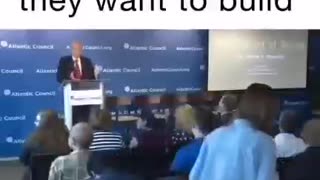 0:56
0:56
Truthseekers17
1 year agoThe Internet of Bodies..
13 -
 2:18
2:18
Big Dog Report
1 year agoThe Internet Of Bodies
601 -
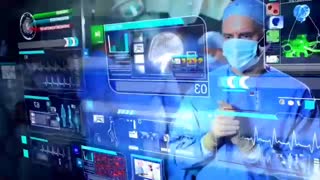 4:38
4:38
Russia Ukraine Updates
1 year agoWhat Is The Internet Of Bodies?
1161 -
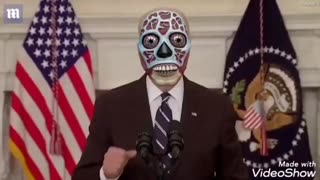 5:14
5:14
mikiecope
1 year agoInternet Of Bodies
84 -
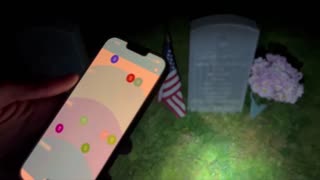 7:36
7:36
joeazimuthstyx
5 months agoInternet of Bodies
39 -
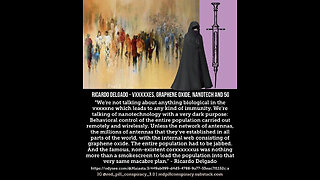 2:17
2:17
WeDoNotConsent
1 year agoInternet Of Bodies & Transhumanism
298 -
 47:58
47:58
Theonly1jeremy
1 year agoThe Internet Of Bodies Is Slavery Beyond Words
7 -
 2:21
2:21
KMTV
6 years agoOur Body exhibit uses real cadavers
1 -
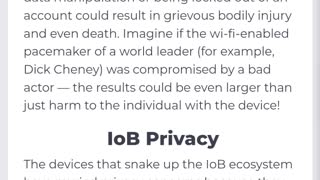 6:29
6:29
nonvaxer420
1 year agoWHAT IS THE INTERNET OF BODIES (IOB)?
4641